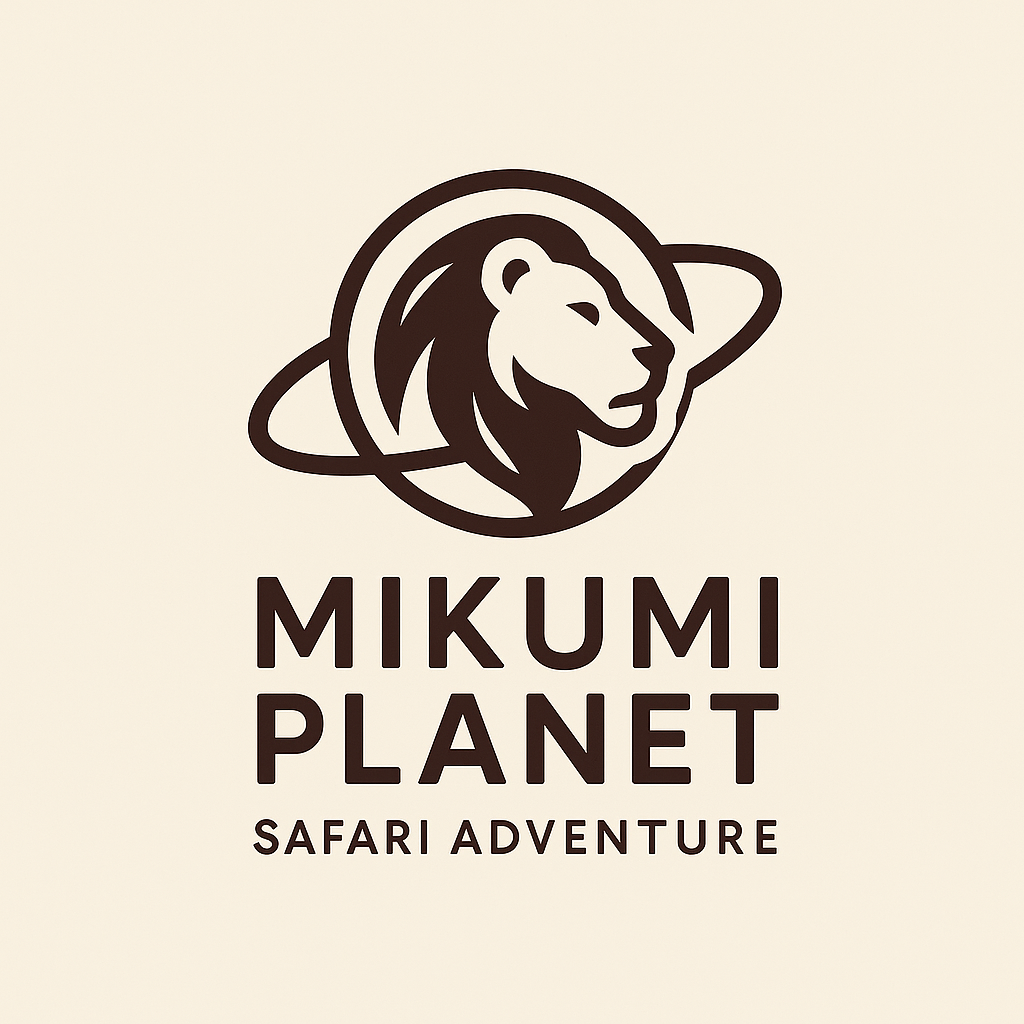MOUNTAIN KILIMANJARO
Mount Kilimanjaro is the highest peak in Africa, standing at 5,895 meters (19,341 feet) above sea level. Climbing Kilimanjaro is a challenging but rewarding adventure, and it attracts thousands of trekkers each year.
When to Climb:
The best time to climb Kilimanjaro is during the dry seasons, which typically occur from late June to October and from December to March. These months offer clearer skies and more stable weather conditions, reducing the chances of rainfall and making the trek more enjoyable.
Late June to October (also known as the Southern Hemisphere winter):
- This is the most popular time to climb Kilimanjaro.
- Dry weather and clear skies make for excellent trekking conditions.
- Warmer temperatures, especially at lower elevations, make the climb more comfortable.
December to March (also known as the Southern Hemisphere summer):
- Another favorable period for climbing Kilimanjaro.
- Generally dry conditions with less rainfall.
- Warmer temperatures but still cooler at higher elevations.
Both of these dry seasons offer good opportunities for a successful and enjoyable climb. However, it's worth noting that Kilimanjaro is a year-round destination, and climbs are possible during the off-peak months as well. The main concern during the off-peak seasons is the possibility of heavier rainfall, which can make the trails muddy and increase the challenge of the trek. If you prefer to avoid the crowds, the shoulder months at the beginning or end of the dry seasons might be a good compromise.
Different Routes:
There are several routes to the summit of Kilimanjaro, each with its own characteristics and challenges. The popular routes include:
Machame Route (Whiskey Route):
- Known for its scenic beauty.
- It is a challenging route with a higher success rate compared to some others.
- Takes about 6-7 days to complete.
Marangu Route (Coca-Cola Route):
- Often considered the easiest route.
- Accommodations are in huts rather than tents.
- Takes about 5-6 days.
Lemosho Route:
- A relatively new route with stunning scenery.
- Offers a longer acclimatization period.
- Takes about 7-8 days.
Rongai Route:
- Starts from the north side of the mountain.
- Less crowded and drier than the southern routes.
- Takes about 6-7 days.
Northern Circuit:
- The longest route providing excellent acclimatization.
- Less crowded and offers a high success rate.
- Takes about 9 days.
Who Should Climb:
Kilimanjaro is a non-technical climb, meaning you don't need advanced mountaineering skills. However, it is still a physically demanding trek, and participants should be in good health and reasonably fit. Many people, including novice trekkers, successfully reach the summit.
Who Should Not Climb:
While Kilimanjaro is accessible to a wide range of trekkers, certain individuals should carefully consider the physical demands and altitude effects. People with severe medical conditions, heart problems, respiratory issues, or pregnant women are generally advised not to attempt the climb due to the risk of complications. It's essential to consult with a healthcare professional before deciding to climb Kilimanjaro.
